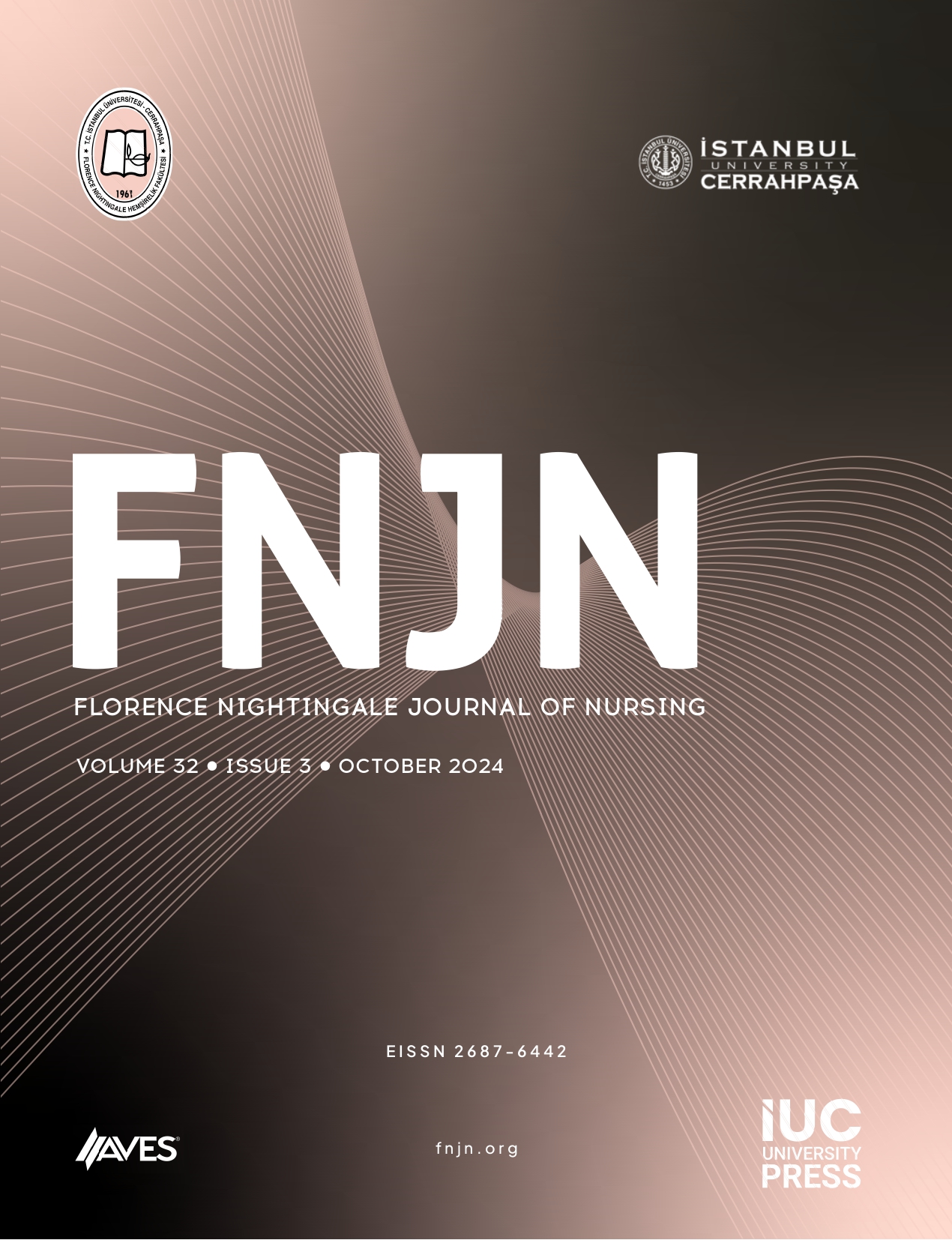Purpose: It is a fashion among teens and can be applied to any part of the body, including genital organs. It is well known that piercing may cause to nerve damage in eyebrow and ear, and diseases like Hepatitis B, C, HIV, Tetanus.
Method: This descriptive research is done to define adolescent’s knowledge level on piercing. Data was derived out of 7 randomly selected high schools in Istanbul from 1726 students. The data evaluated by the persentages ve Chi-Square statistical methods in SPSS 11.0 Programme.
Results: Students average ages are 17.2±0.6 years old, 87.5 % female, 82.6 % don’t have an idea about the risks of having a piercing, 16.6% had piercing. Students mostly have their body pierced on, ears (88.5 %), nose (10.5%), navel (7.7%), lips (4.9%), genital organ and nipples (4.2%), eyebrows (3.5%), tongue (2.1%), and that they have inspired from their friends (66.1%), family members (19.6%), and artists (14.3%). Students emphasized that during the application non sterile pins are used (28.2%), they have not informed about the procedure (78%), and most of the students (66.9%) think to do it again.
Conclusion: Students’ knowledge about the risks of piercing was not sufficient. Generally, they had piercing on the ear and piercing was more common in the families who had higher education and higher income level. It is suggested that nurses who work in different environments and have important roles in the health promotion and prevention in the community should give information to youth, their families and teachers about piercing and its risks.




.png)
.png)